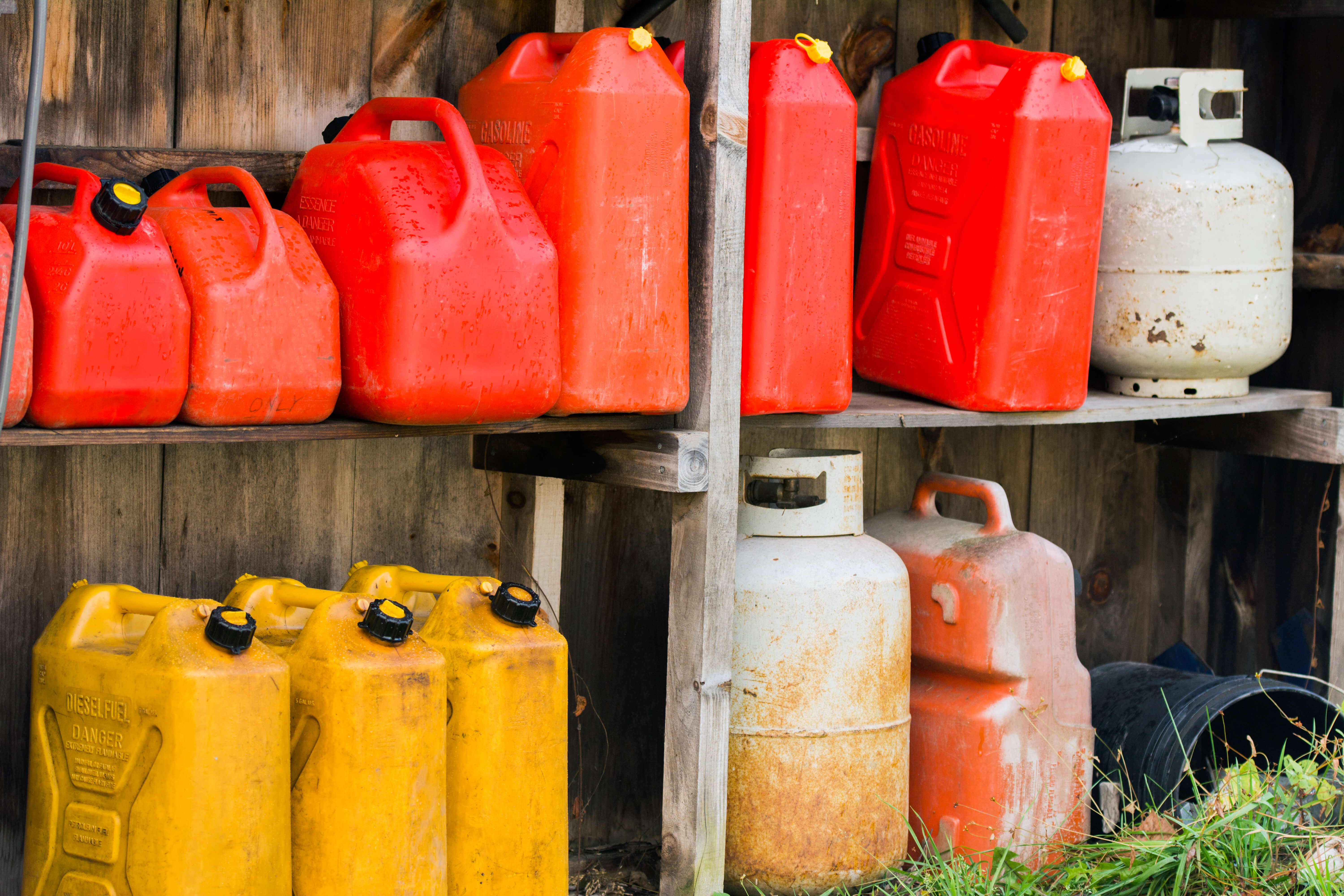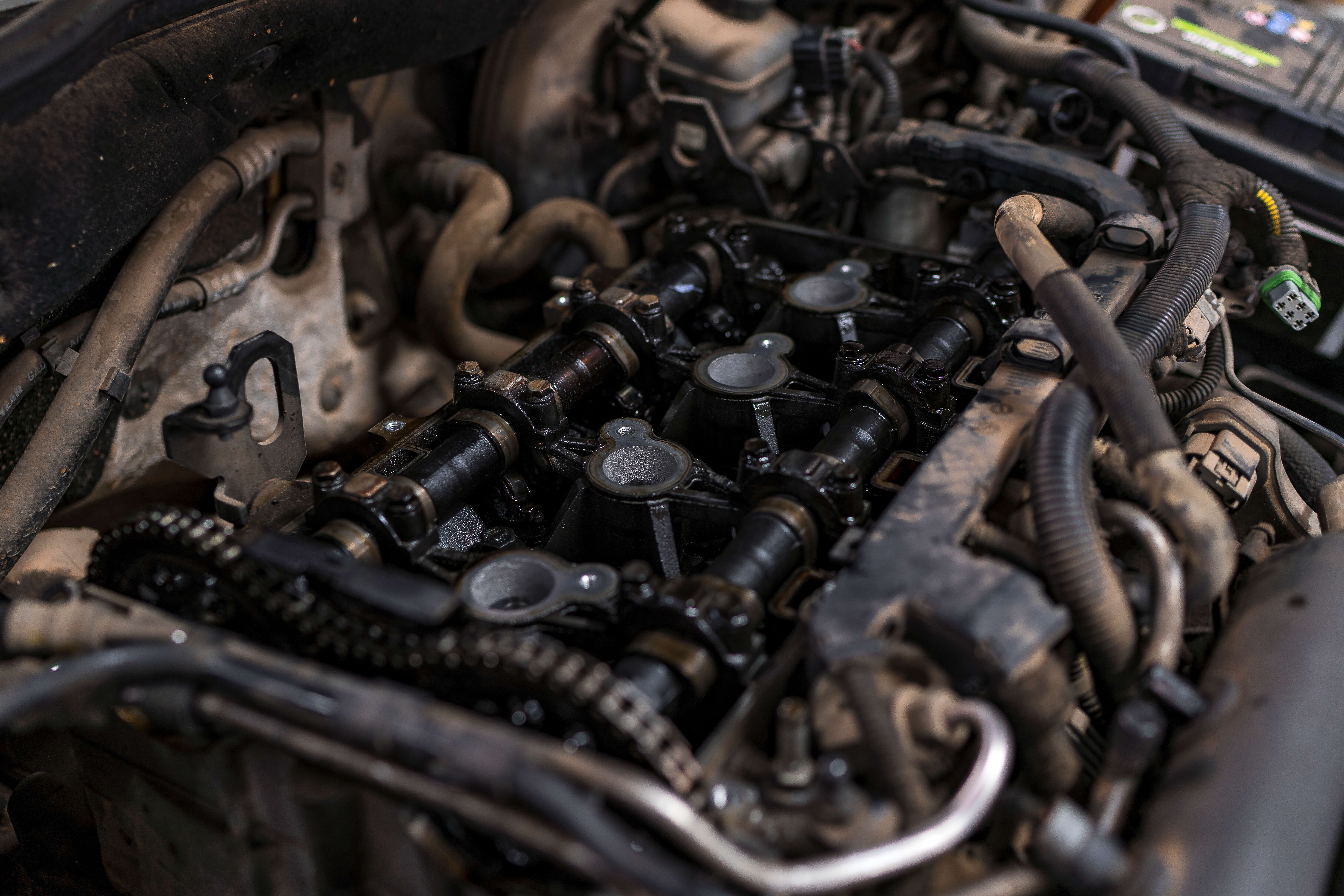Performance Fuels

What’s Really in that Additive? The Safety Data Sheet Tells All
- Category:
- Fuel Facts
by Grassroots Motorsports
Posted on 12/11/2024

How do you know what’s really in those fuel additives at every auto parts store? Read the safety data sheet, usually easily found online. Section 3 will list the product’s composition.
We took a deeper look at a popular fuel treatment aimed at the enthusiast market. The promises are too tough to ignore: increased horsepower, more torque, cleaner injectors and reduced emissions. A 16-ounce bottle, street price about $11, is said to treat one tank of gas.
The SDS says that the product’s main ingredient–listed to range from two-thirds to three-quarters – is a blend of aliphatic and aromatic hydrocarbons C-2 to C-20. Sounds exotic, right? “That’s gasoline,” explains Zachary J. Santner, senior specialist of quality at Sunoco, “most likely being used as a solvent for the additive. This ingredient is fluff; nothing special about this gasoline will help treat fuel.”
The fuel additive under our virtual microscope also contains 20% to 30% 3-Oxa-1-heptanol, another exotic-sounding compound. A quick search of the listed CAS number–a specific code assigned to every chemical substance – reveals that it’s just a relatively nonvolatile, inexpensive solvent also known as butoxyethanol or butyl glycol. An 8-pound jug, roughly a gallon, retails for about $20.
The final ingredient listed, comprising no more than 5% of our 16-ounce can: glycerides, mixed decanoyl and octanoyl. Its CAS number quickly reveals the composition in question: glycerides with fatty acid chains that are used in many consumer products, including soaps and cosmetics. Santner explains that it’s likely used here as an emulsifier that allows polar and non-polar chemicals to stay mixed together. It also helps keep dirt suspended in solution.
So, some math says that the $11 fuel additive contains about 20 cents worth of gasoline and about 75 cents worth of a common industrial solvent. Then add less than an ounce of the emulsifier.
Or Santner notes, you could just buy a race fuel that always follows a clean, consistent, proven recipe.




